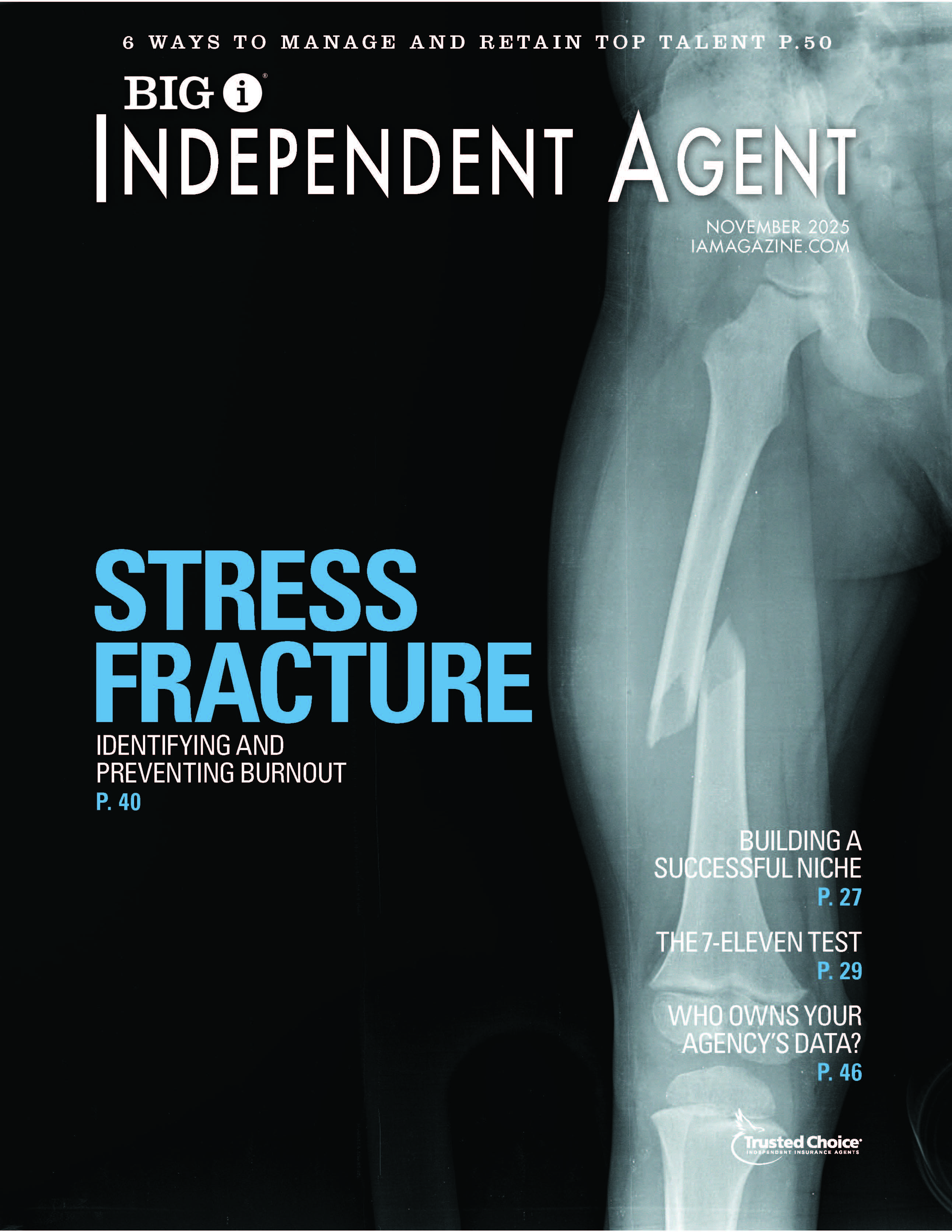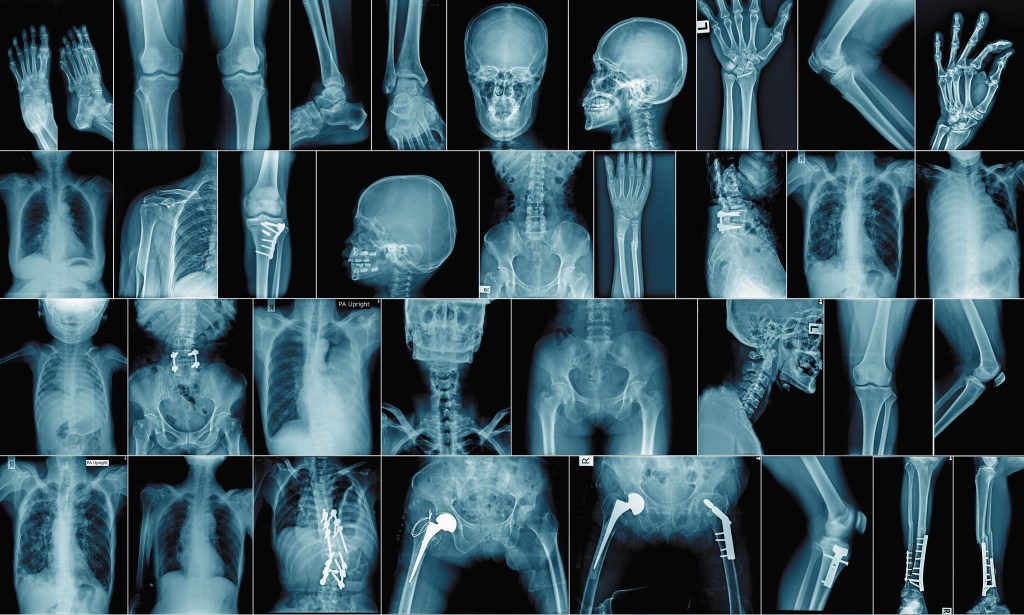How Agency Management Systems Can Help Defend E&O Claims

By: John Nesbitt
Electronic communication is nothing new. But too many errors & omissions claims still result in a he said/she said credibility dispute.
Documenting all interactions with customers and carriers as well as every insurance transaction can be critically important in defending an E&O claim. Without time-stamped documentation, an agency will be left with little more than its employees’ memories of conversations that may have taken place years earlier—and your E&O carrier may recommend you settle your claim.
Agency management systems provide many benefits, not least of which is contemporaneous documentation. Documenting a customer’s file through a management system gives you more credible evidence because the automated system creates a record of the date and time of the entries, which cannot be manipulated later.
All employees should make electronic notes documenting every conversation with customers, carriers or anyone else with whom they discuss coverage. Many systems also integrate with other agency applications, such as email and word processing systems. This can ensure immediate placement of documents such as applications, quotes, change endorsements, rejections, checklists and other correspondence in the customer’s electronic file.
If your system does not do this automatically, staff should scan such documents and route them to the system. Many systems document emails forwarding a copy of the policy to the customer or even just forwarding a link to the policy on the carrier’s website, which can confirm that the customer received a copy of the policy. Staff should also automatically enter every certificate of insurance the agency issues for an insured as an activity into the management system. Some systems will even synchronize with the agency’s phone systems to send voicemail messages to the file.
Consider the following example in which electronic notes or a time-stamped letter in the file would have helped defend an E&O claim.
An agent procuring a new policy neglected to have his customer complete a required form. After realizing the mistake, the agent called the customer and asked her to come sign the form, but the customer did not do so—and later had an uncovered claim.
If the agent had documentation that he gave the customer an opportunity to sign the form but she failed to do so, that would help defend the resulting E&O claim. The agent said he had a log where he keeps that kind of information, which the E&O claims handler thought might establish that the agent gave his customer an opportunity to correct the initial oversight—shifting at least some of the responsibility for lack of coverage to the customer.
But the log the agent sent the claims handler to review turned out to contain handwritten notes, which did not provide proof of when the agent made them. Without any other documentation that the agent informed the customer of the need to come sign the document, the claim became a simple swearing match between the customer’s version of events and the agent’s, on a claim in which the agent had admittedly neglected to have the customer sign in the first place. The E&O claims handler recommended settling.
When consistently and properly used, a management system can increase an agency’s efficiency—and serve as an invaluable ally in successfully defending E&O claims that arise.
John Nesbitt is an assistant vice president, claims specialist with Swiss Re Corporate Solutions and works out of the Overland Park office.
Quality FirstWhile quantity and consistency of documentation is important, so is the quality. Each entry about a conversation should include:
|










